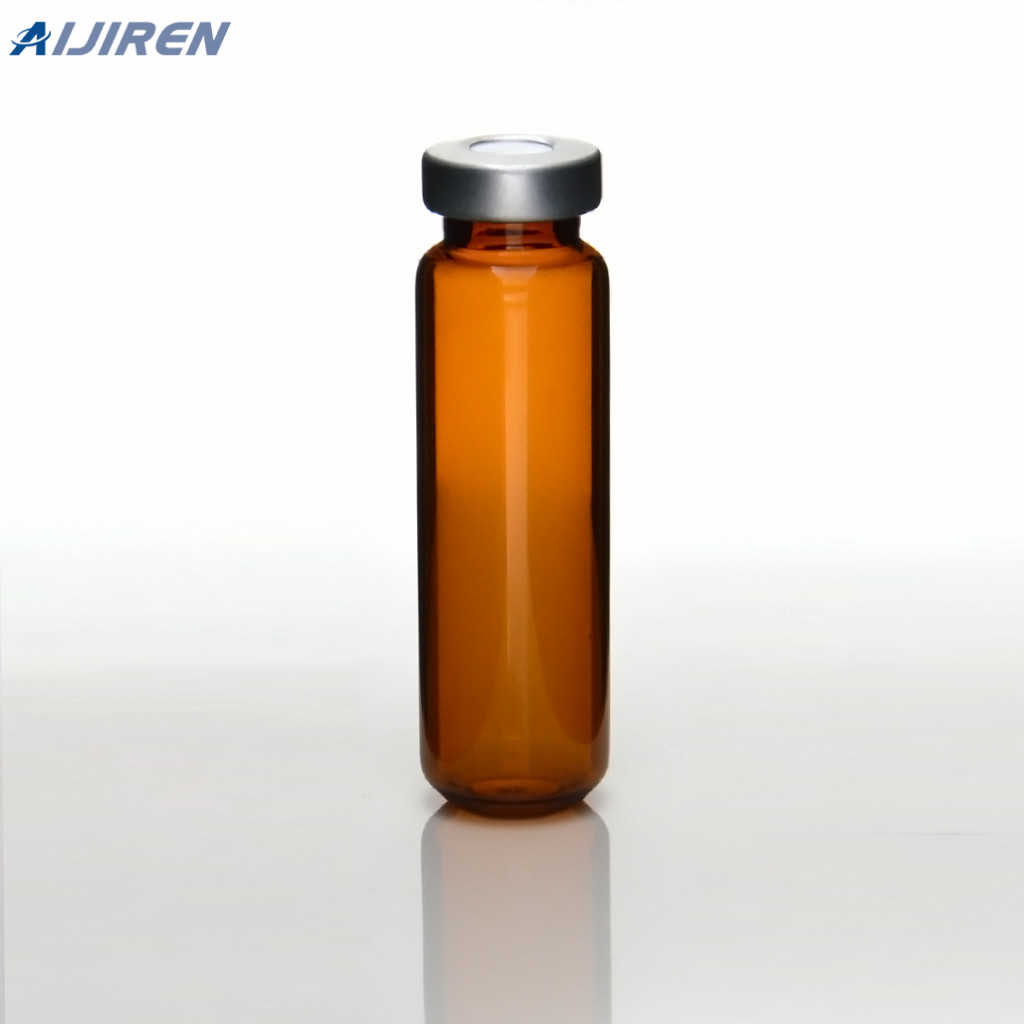
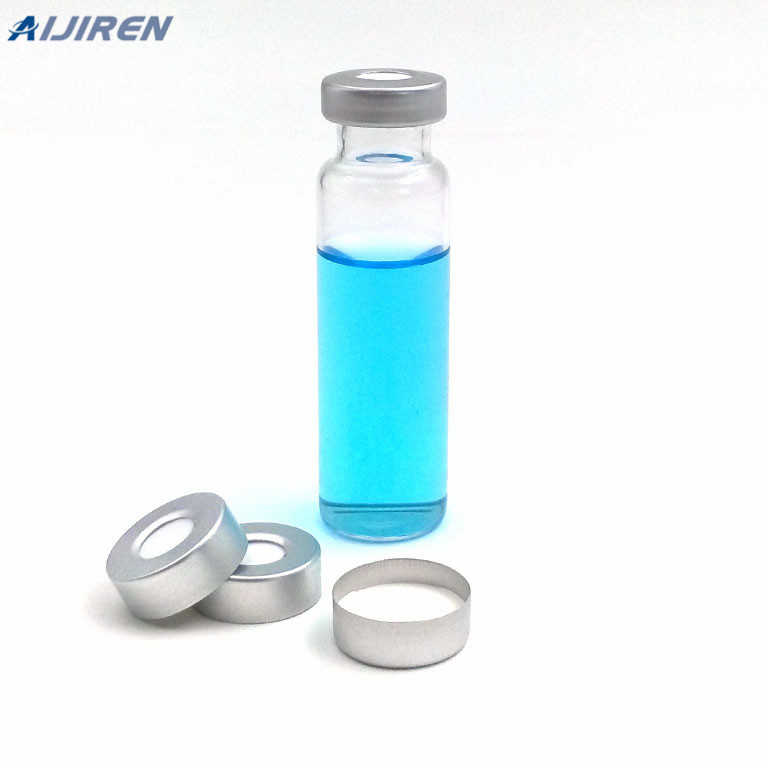

Membrane Solutions' filters for air and gas service are available in a range of proprietary-manufactured hydrophobic filter media, including PTFE and PVDF as well as glass fiber, polypropylene, cellulose and porous stainless steel. High surface area and voids volume filter media. Exceptionally high flow rates with low pressure drops.

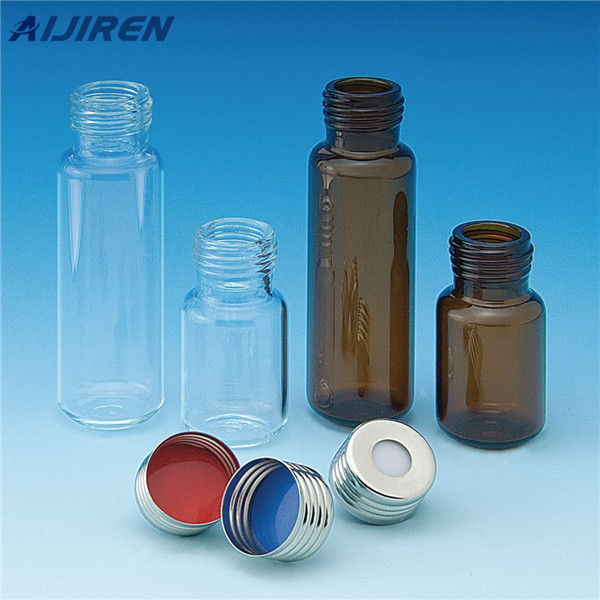
There are 3 main types of flow cytometry: 1. Cell counting, uses optical and impedance methods to rapidly count and characterize cells, this is the fastest method. Applications include: Process monitoring for cell-culture-based processing methods Environmental, to characterize algae populations Clinical, blood banks and hematology labs 2.

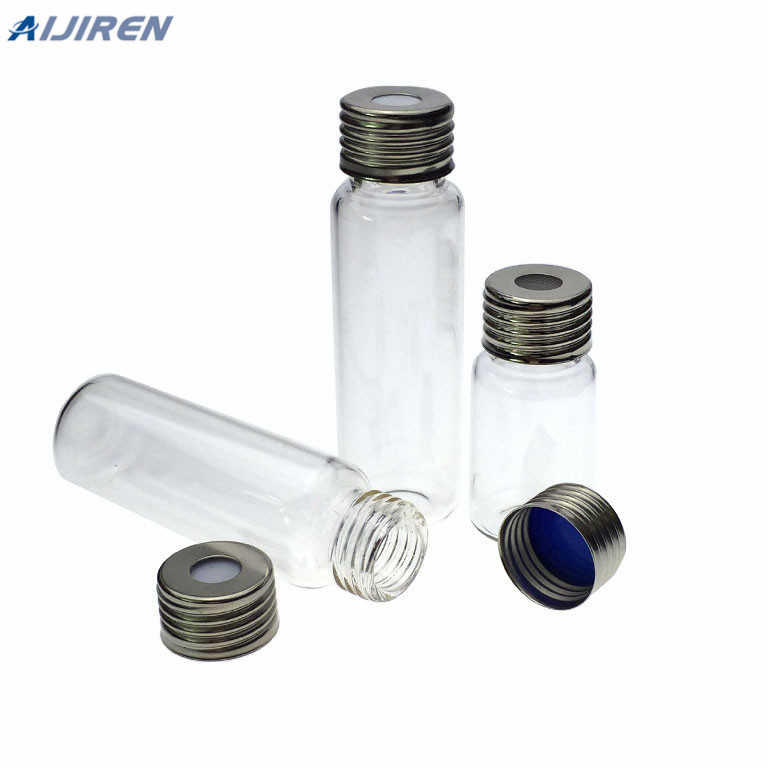
Flow cytometry is a technology that simultaneously measures and then analyzes multiple physical characteristics of single particles, usually cells, as they flow in a fluid stream through a beam of light. The properties measured include a particle’s relative size, relative granularity or internal complexity, and relative fluorescence intensity.
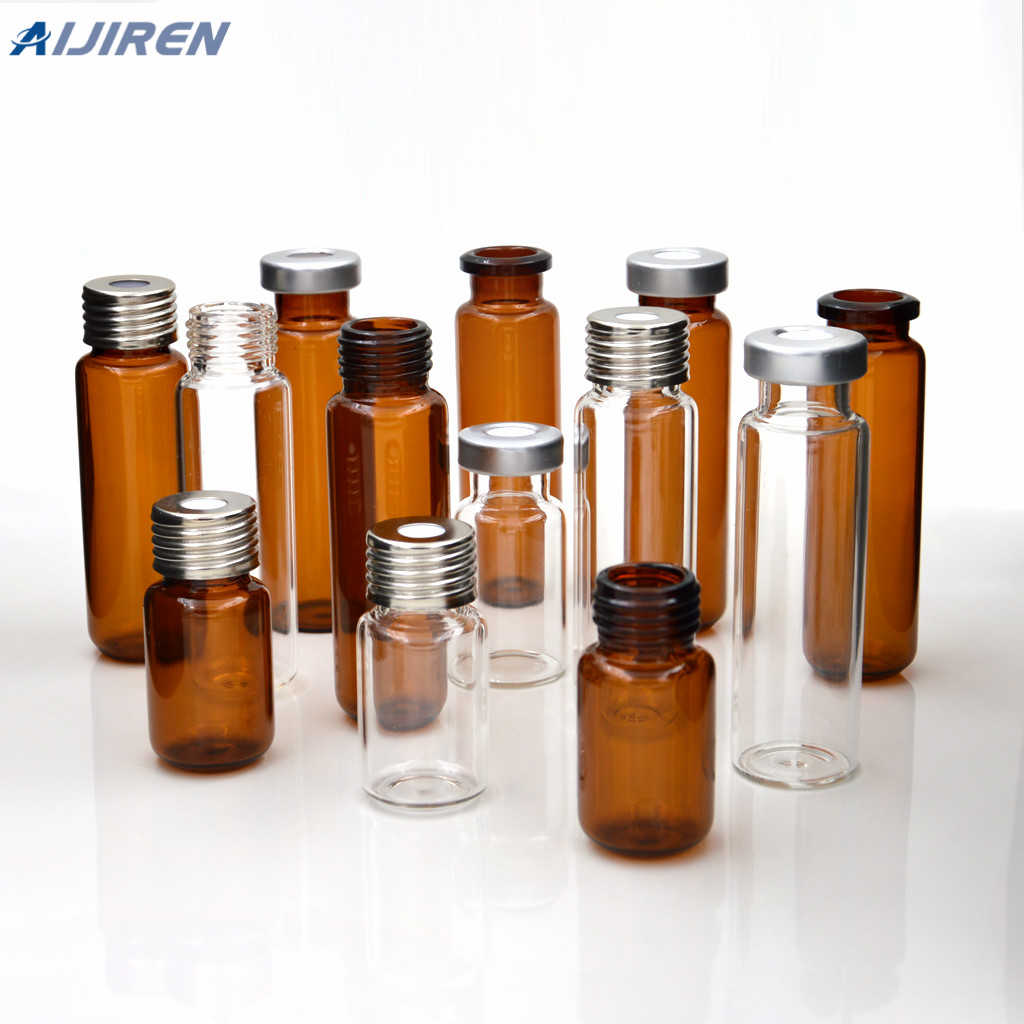
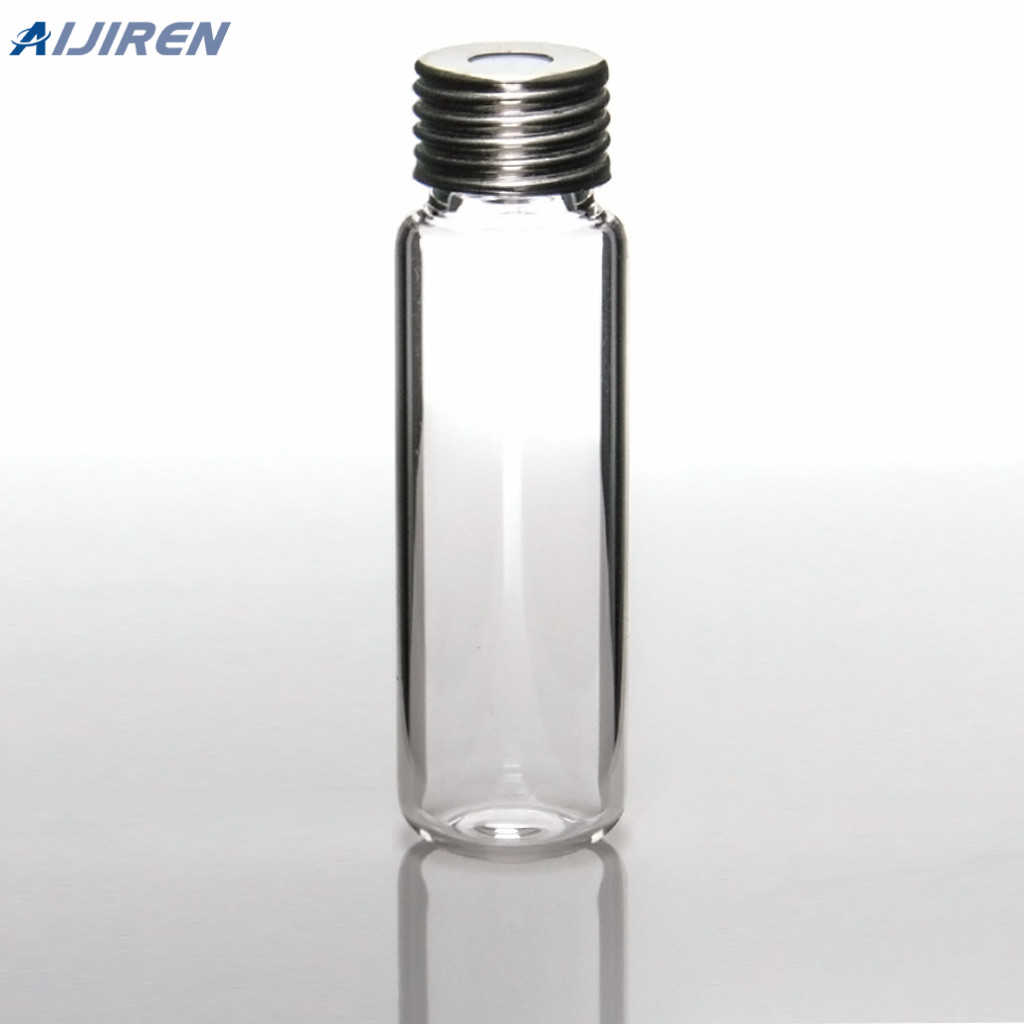
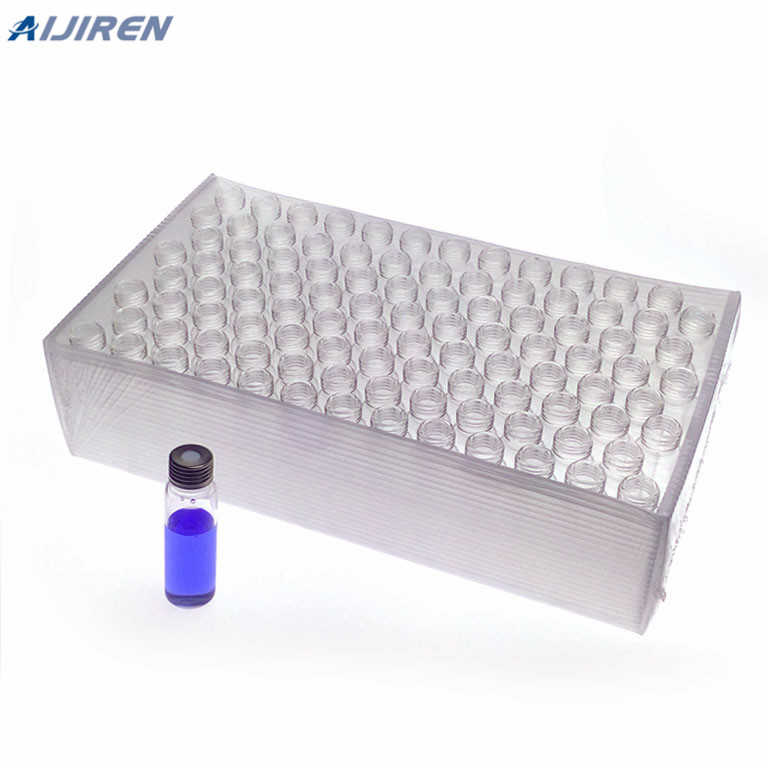
Staining intracellular antigens like cytokines can be difficult because antibody-based probes cannot pass easily through the plasma membrane into the interior of the cell. In order to accomplish this, cells should first be fixed in suspension and then permeabilized before adding the antibody. The choice of fixative is an important first step.

2015/07/01 · Flow cytometry is a powerful tool for the quantitation of fluorescence and is proven to be able to correlate the fluorescence intensity to the number of protein on cells surface. Mass spectroscopy can also be used to determine the number of proteins per cell. Here we have developed two methods, usin
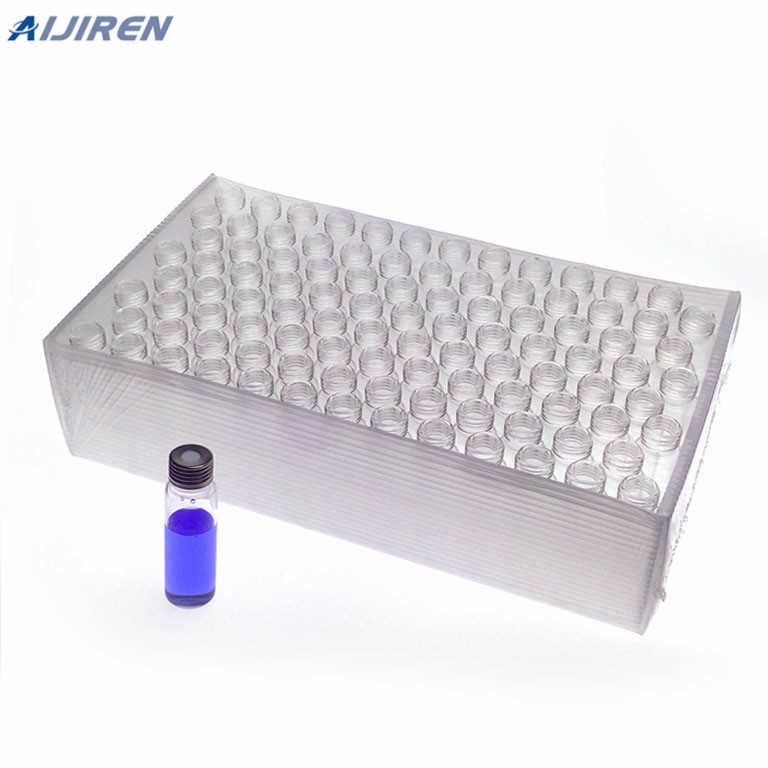
2022/10/27 · A flow cytometer consists of four basic components: fluidic system, laser (s), optics, and electronics/external computer system (Figure 1). Additionally, a sorting device can be added to collect cells after they have run past the laser. [enlarge] Figure 1. The basic components of a flow cytometer.
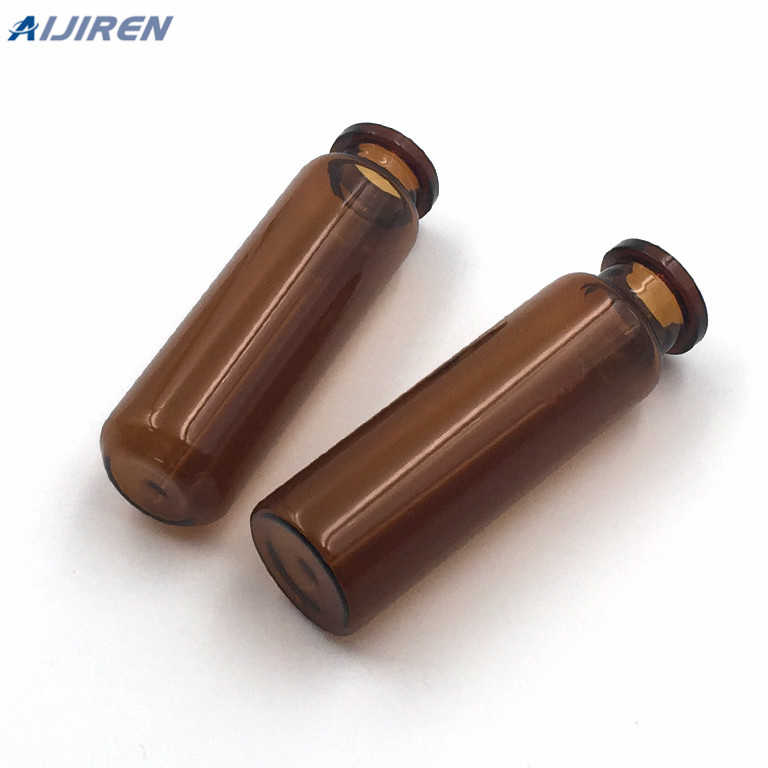

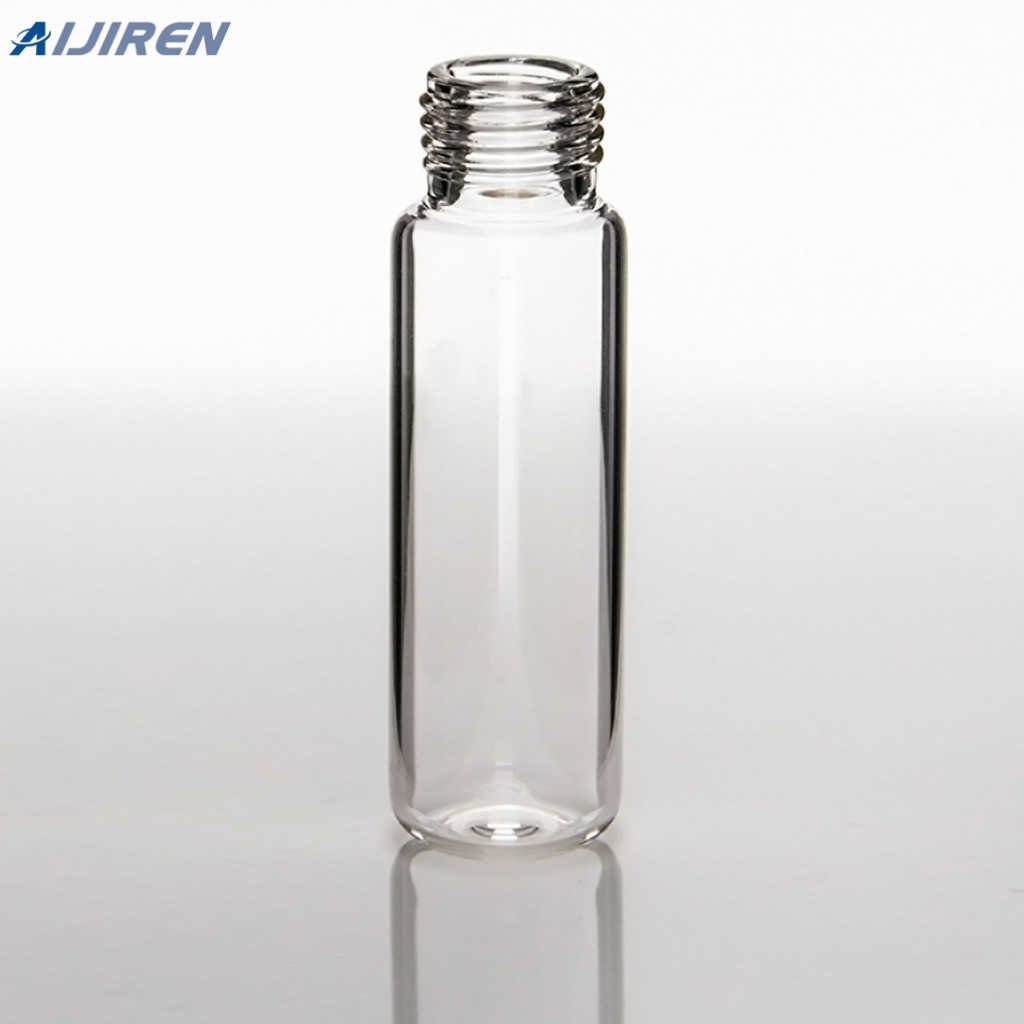
Optical filters allow the flow cytometers to separate the emitted light according to wavelength so you can separate and analyze multiple detection channels simultaneously. Longpass (LP), shortpass (SP), and bandpass (BP) filters all work together to achieve up to 25 different fluorescence detection channels. Instrument Consumables & Accessories.